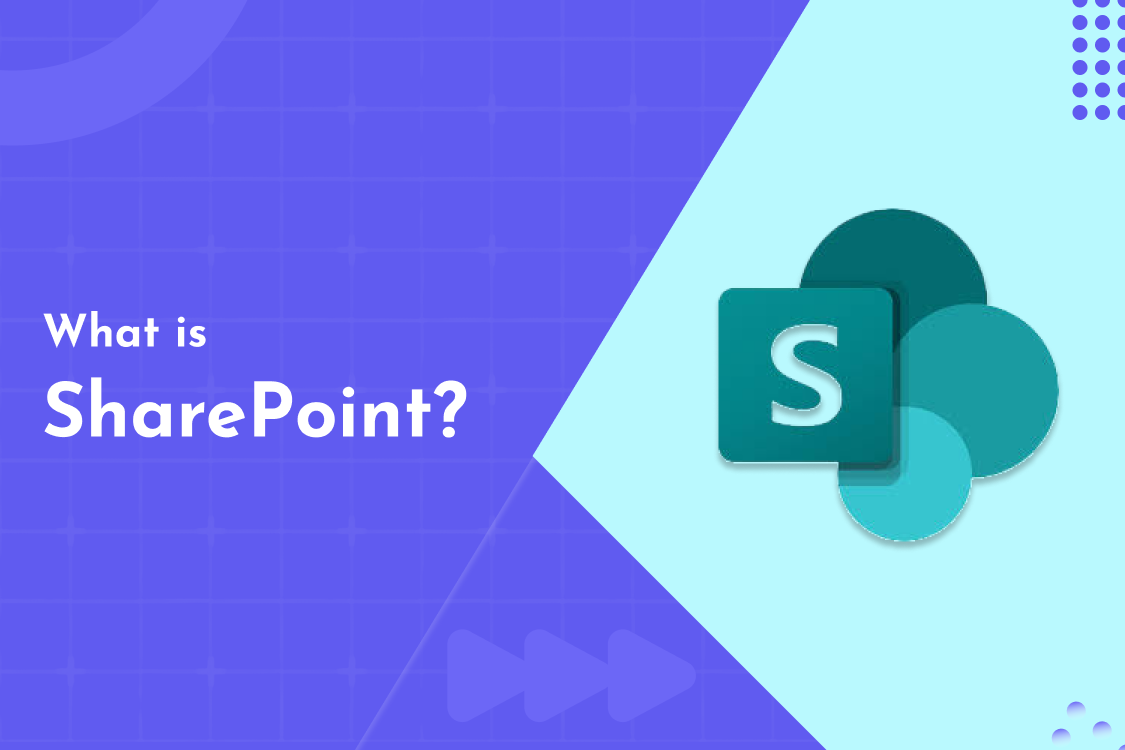Interested to work with our company? Let's get in touch!
We love to hear from you about your project.
We love to hear from you about your project.

SharePoint is a web application platform by Microsoft that enables organizations to share, manage, and collaborate on content like documents, web pages, and wikis. It is widely used to store data securely, create team websites, and streamline collaboration across different departments.
SharePoint allows users to share documents and collaborate in real time. With features like document versioning and approval workflows, it ensures better management of content.
One of SharePoint’s key strengths is its robust security. It offers customizable permissions and access control, ensuring that sensitive information remains protected while accessible to authorized users.
SharePoint integrates seamlessly with other Microsoft tools such as Teams, Word, Excel, and Outlook, improving productivity and ensuring smoother workflows.
1. SharePoint 2001 – The first version, focused on document management and search.
2. SharePoint 2003 to 2016 – Gradual improvements, including new collaboration features, better user interfaces, and enhanced cloud support.
3. SharePoint Online (2013 & 2016) – Cloud-based, part of Office 365, providing enhanced mobile access and better scalability.
When compared to platforms like WordPress or Joomla, SharePoint stands out for its enterprise-level document management, user permissions, versioning, and security. While other platforms may be easier to use for building websites, SharePoint excels at managing content and supporting business processes.
You should consider SharePoint if:
SharePoint is built on the Microsoft .NET framework, utilizing a standard architecture for managing and serving web pages and data. Key components include:
SharePoint consists of several important components to facilitate efficient content management and collaboration:
These components work together to create a flexible and secure environment for sharing and managing content.
SharePoint is used for storing, organizing, sharing, and collaborating on content across teams and departments. It can manage everything from documents to entire websites.
SharePoint improves collaboration, enhances document management, and provides advanced security for managing access to content.
While SharePoint can be complex initially, it is user-friendly once you become familiar with its features. Training and a good understanding of its tools make it easier to use.
Unlike other platforms, SharePoint is tailored for enterprise-level document management and collaboration, offering more robust features like security, versioning, and customizable workflows.
Whether you’re a small business or a large enterprise, SharePoint provides the tools necessary to streamline communication, collaboration, and document management. With its powerful integration with Microsoft 365 and advanced security features, it’s an excellent choice for organizations looking to manage their content effectively.
Note: Give us a call or leave a message, we endeavour to answer all enquiries within 24 hours on business days.
We love to hear from you about your project.
If you want to get a free consultation without any obligations, fill in the form below and we’ll get in touch with you.